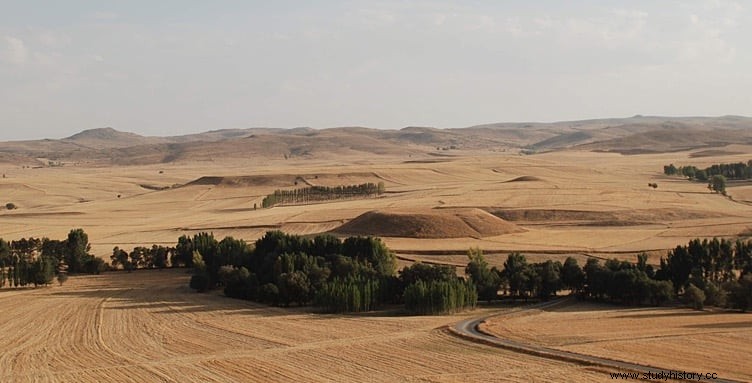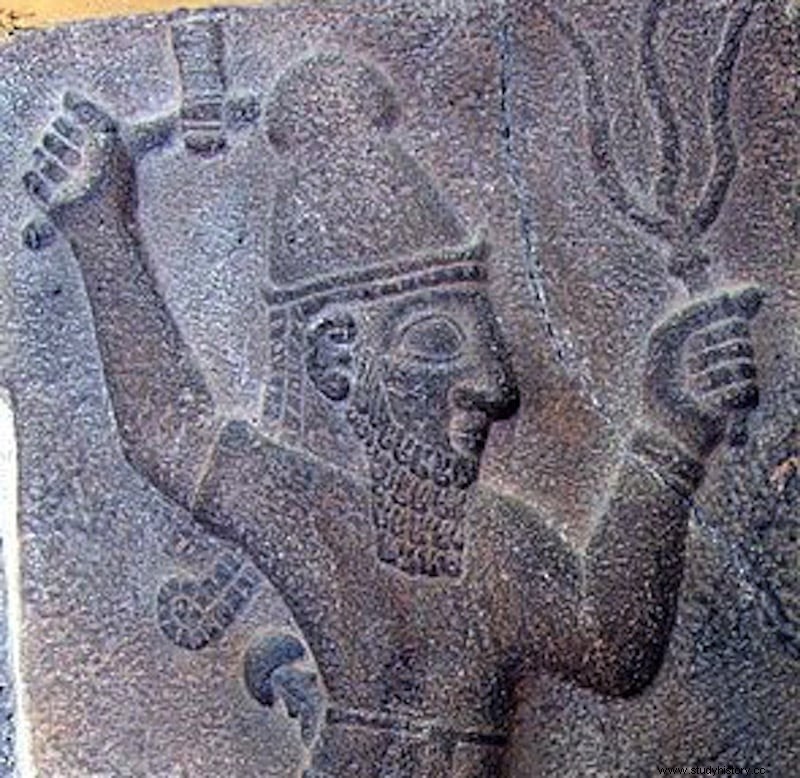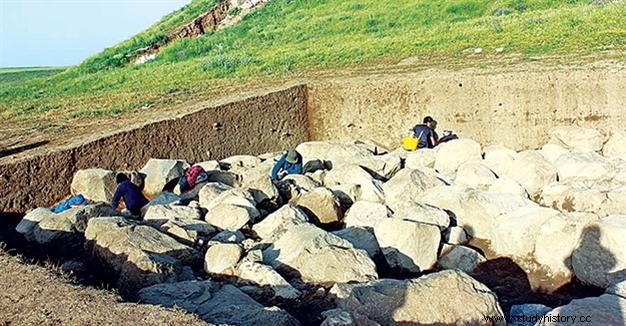Zippalanda It was one of the main administrative and religious centers of the Hittites , an empire that during the 17th to 12th centuries B.C. brought together different city-states of Anatolia rivaling Babylon and Egypt thanks to its military technology and diplomatic skill.
It was not until the late 20th century that archaeologists were able to locate the location of Zippalanda, known only from inscriptions found on clay tablets at Hattusa , the capital of the empire. Even so, the possibilities were divided between two nearby mounds, Çadir and Usakli, located near Kerkenes in the Turkish province of Yozgat.
The tablets mention the existence in Zippalanda of a temple of the god of the Storm , and of a palace or royal residence, making indirect reference to the daily celebration of religious festivals in the place.

Now the archaeologists, who have been excavating both mounds since 2008, have confirmed the finding in one of them, that of Usakli , of two structures that have been identified as a temple and a fortress .
According to the director of the excavations, Valentina Orsi, from the University of Florence, both the location of these new remains, as well as the previous findings of cuneiform tablets, reinforce the possibility that it is the ancient Zippalanda.

The temple would be that of Teshub , name of the god of the Sky and the Storm in Hittite mythology, who was represented as a warrior holding a triple thunderbolt and a double axe.
He was one of the main Hittite gods, second only to his wife the sun goddess worshiped at Arinna (whose location as well as the goddess's own name are still unknown).
The area has been known since 1927, but the first archaeological investigations were not carried out until 1993. In 1995, archaeologist and Hittite expert Oliver Gurney first proposed its identification with ancient Zippalanda.
The Usakli mound has about 2 hectares that rise to 1,116 meters of altitude, surrounded by a terrace that reaches 10 hectares in area.

The geophysical surveys carried out by the Italian archaeological mission have revealed interesting discoveries in recent years, finding evidence of large buildings on the terrace and on its adjacent edges, as well as a wall, to which new structures are now added.
